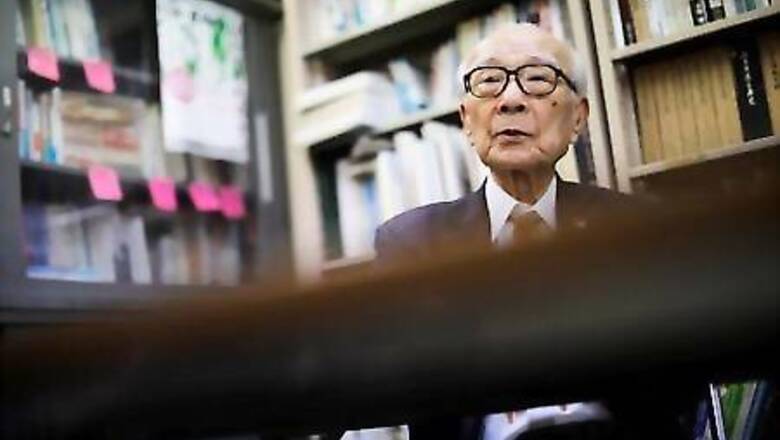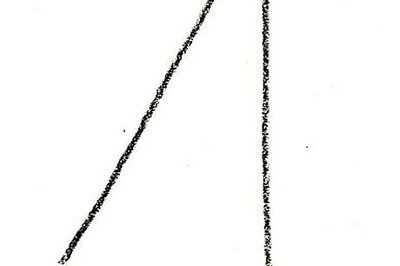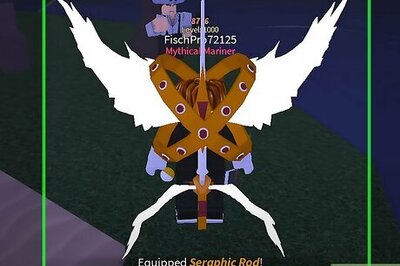
views
TOKYO Terumi Tanaka was 13 when a U.S. warplane dropped a plutonium bomb on the southern Japanese city of Nagasaki, on Aug. 9, 1945.
Sitting at home with a book that morning, Tanaka knew instantly when his surroundings turned a blinding bright white that the massive boom was not one of the air raids he had gotten accustomed to in the waning days of World War Two.
“I felt this was something terrible, so I ran downstairs and ducked, covered my ears and closed my eyes,” Tanaka, now 88, told Reuters. “And at that moment, I lost consciousness.”
Just 3.2 km (2 miles) from the epicentre, Tanaka was miraculously unharmed, as were his mother and two sisters. Tanaka’s father had died of illness previously.
Tanaka’s grandfather, aunt and uncle weren’t as lucky.
Three days after the 10,000-pound (4,536kg) bomb, nicknamed “Fat Boy”, exploded over the city, Tanaka ventured towards the epicentre to check on his relatives.
It was only then that the scale of the calamity sank in.
Buildings in the city had been reduced to charred piles of rubble and twisted metal, a vast expanse of land was wiped out, and corpses and burn victims with flesh peeling off their bones littered the ground. His grandfather was one of them: Tanaka dabbed a wet handkerchief to his mouth, which appeared to silently cry out for water. That was their last encounter.
Three days after the hydrogen bomb attack in Hiroshima, the Nagasaki blast killed about 27,000 instantly and more than 70,000 by the end of the year. Japan surrendered six days later.
For nearly 50 years, Tanaka has been speaking out for nuclear disarmament hoping that his experiences as a witness to one of the only two nuclear bombs ever to be used in conflict would serve to end their potential use.
In this 75th year since the war ended, the coronavirus pandemic has disrupted some key events, such as a New York exhibition that Tanaka helped to organise.
Instead, Tanaka, who served as head of the “Hidankyo” victims’ group for more than 20 years, has turned online to spread his message, with the unexpected benefit of reaching a broader audience.
But he worries that time is running out.
“After all the atomic bomb survivors are gone, I’m worried whether people will be able to really understand what we have experienced,” he said.
Disclaimer: This post has been auto-published from an agency feed without any modifications to the text and has not been reviewed by an editor


















Comments
0 comment